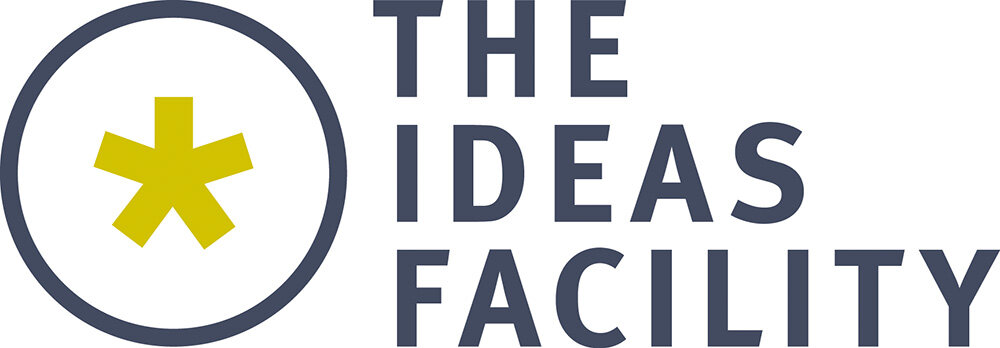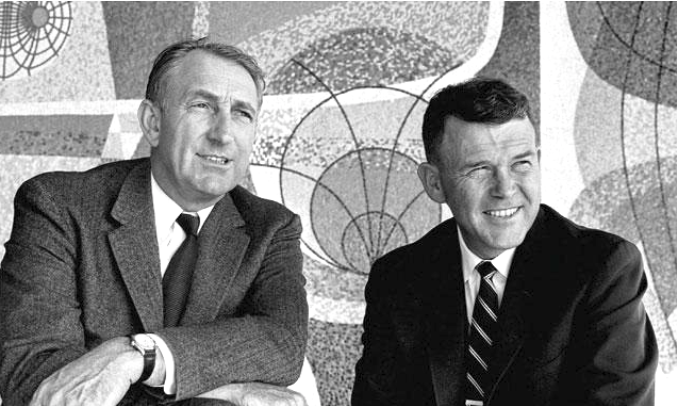People, Packard and Purpose
Purpose and Packard’s Law
Jim Collins in ‘How the Mighty Fall’, discusses how some company founders built their organisations “upon noble purposes far beyond just making money.” Hewlett (right) and Packard (left) “believed that HP existed to make technical contributions, with profit serving as only a means and measure of achieving that purpose.” Organisations built on the vision and energy of their original founders, often struggle to maintain momentum when the original founder(s) are no longer at the helm. Strategy becomes diluted, and purpose takes a back seat, as growth is confused with excellence.
At the heart of Collins’ ‘Packard’s Law’ is the notion that “no company can consistently grow revenues faster than its ability to get enough of the right people to implement that growth and still become a great company.” Here, the correlation between attracting the right people to a business, brings purpose to centre stage.
The topic of businesses being defined by their purpose is currently in vogue. Perhaps the lens of Covid-19 has contributed to the conversation, where individuals are grappling with many existential questions, that magnify why we might want to work for organisations that have clarity of purpose. This feeds into another of Collins’ themes, where the “undisciplined pursuit of more” can be in conflict with the organisation’s core values and that may undermine company culture. Today’s Coronavirus fuelled commercial environment, has forced many an organisation to re-evaluate their future direction and strategy, with an energised focus on new definitions of success.
McKinsey & Company, in their 11 November 2020 Executive Briefing ‘Covid-19: Implications for business https://www.mckinsey.com/business-functions/risk/our-insights/covid-19-implications-for-business# identify the 5Ps to embed purpose within your organisation, where ‘People and Culture’ is one of the strands central to purpose-led DNA. McKinsey suggest “a critical challenge for companies in the postcrisis era will be articulating clear, meaningful, and authentic purposes.”
In linking Collins and McKinsey together, perhaps in this postcrisis era we will see the end of job titles and internally focused hierarchies, to move towards people describing their roles by the purpose-driven responsibilities they hold and are committed to?
The McKinsey 5P model assumes the organisation has clarity of purpose. However, within this conversation, lies the difficulty that many leaders find in articulating their purpose. Defining purpose requires creativity, discovery and exploration – all disciplines that leaders may not be comfortable with, as they are outside the ‘normal’ board room conversations. Defining purpose requires courage, commitment and investment in the elicitation process.
To find out how we can help you to define and articulate your purpose and bring employee engagement to life.
Image credit: The Hewlett Packard Archive - Hparchive.com
Interested in developing a Design Thinking led approach?
Let’s start that conversation.
Contact: glenn@theideasfacility.com
Visit our website to see what our clients say about how us.

